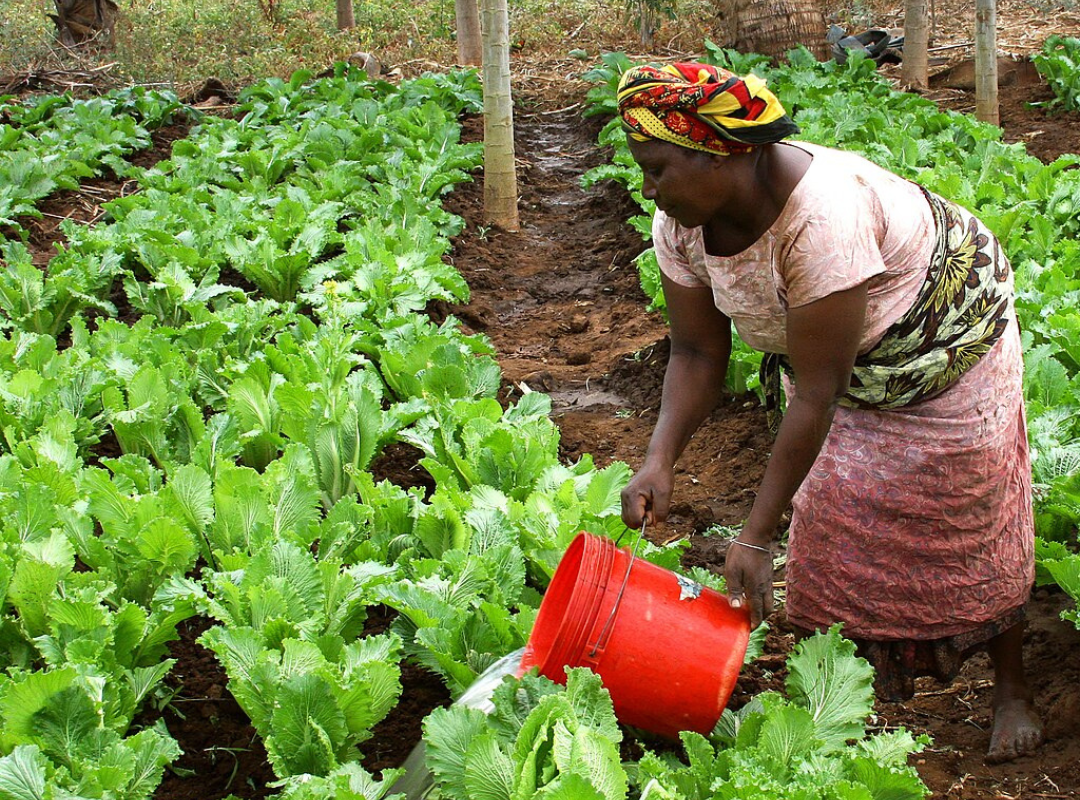
The Role of Women in Agriculture
Students will investigate the number of women farmers globally and identify these farmers’ impacts on feeding the world's population.

Students will investigate the number of women farmers globally and identify these farmers’ impacts on feeding the world's population.
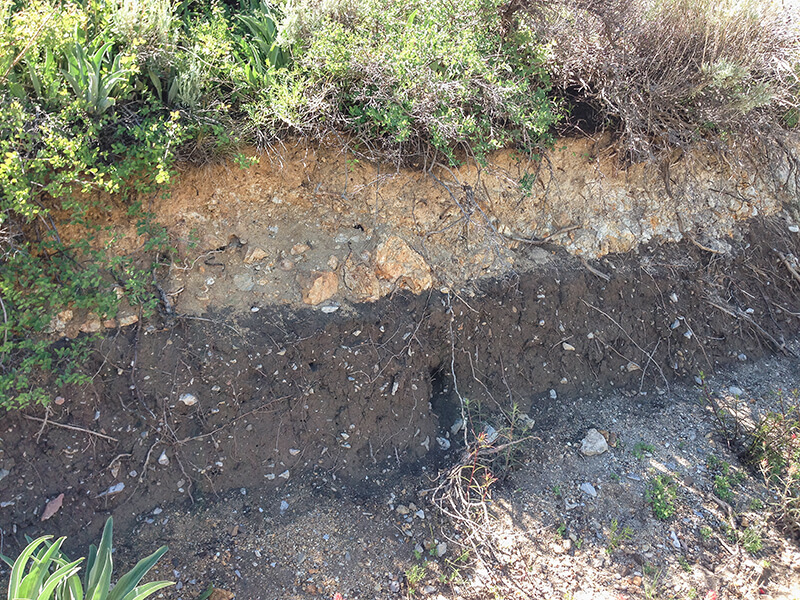
Students discover that topsoil is a nonrenewable resource and use an apple to represent how Earth’s land resources are used. Through critical thinking, students study agricultural land use and consider the sustainability of current land use practices including the use of land to feed and graze livestock animals.
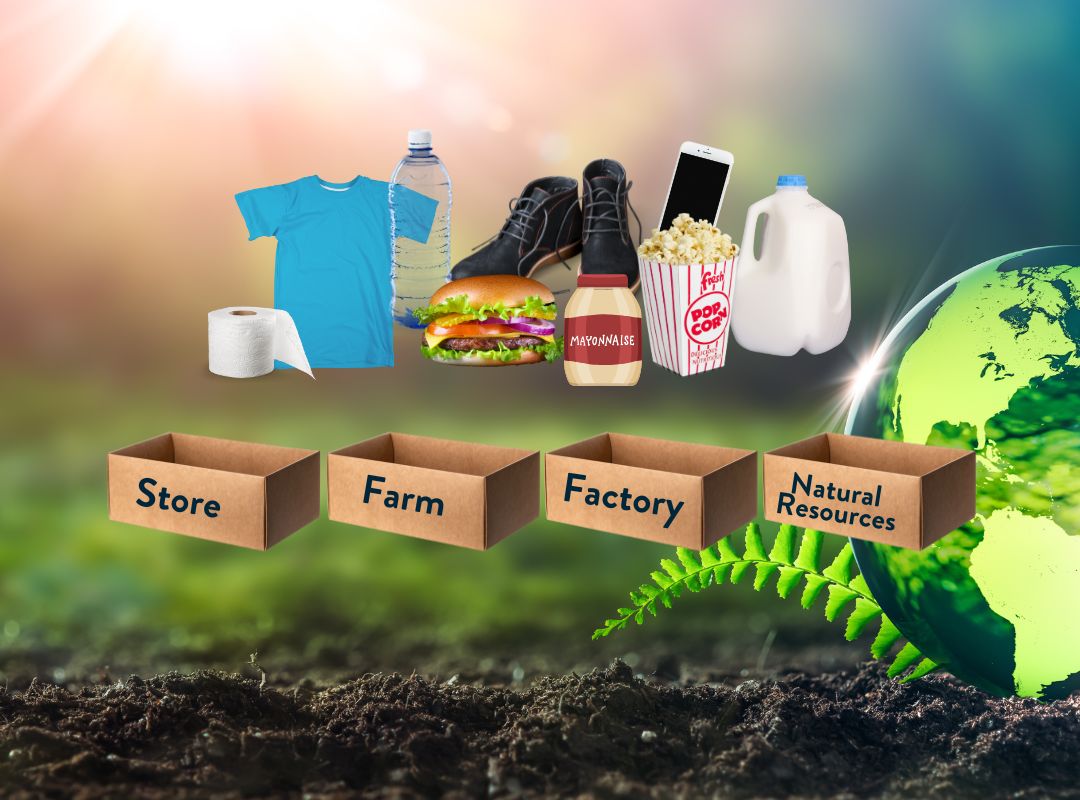
In this lesson students will learn that agriculture provides nearly all of the products we rely on in any given day by participating in a relay where they match an everyday item with its "source."
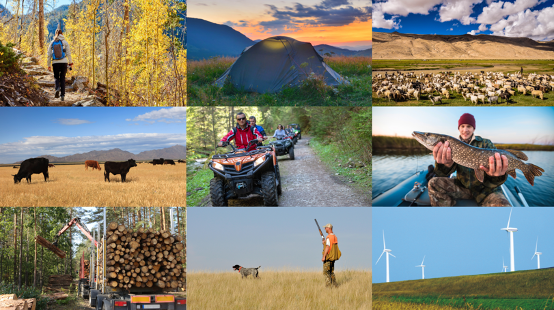
Using various forms of maps, students will analyze public lands in the western United States, describe how ranchers raise food and fiber on federally owned land, and discuss different points of view concerning public lands use and public lands grazing. This lesson covers a socioscientific issue and aims to provide students with tools to evaluate science within the context of social and economic points of view.
Students view the 2018 documentary Before the Plate and follow Canadian chef John Horne as he journeys to the source of ten primary food ingredients used in his restaurant. Using critical thinking skills, students will explore the farm-to-table journey of food. This lesson covers a socioscientific issue and aims to provide students with tools to evaluate science within the context of social and economic points of view.
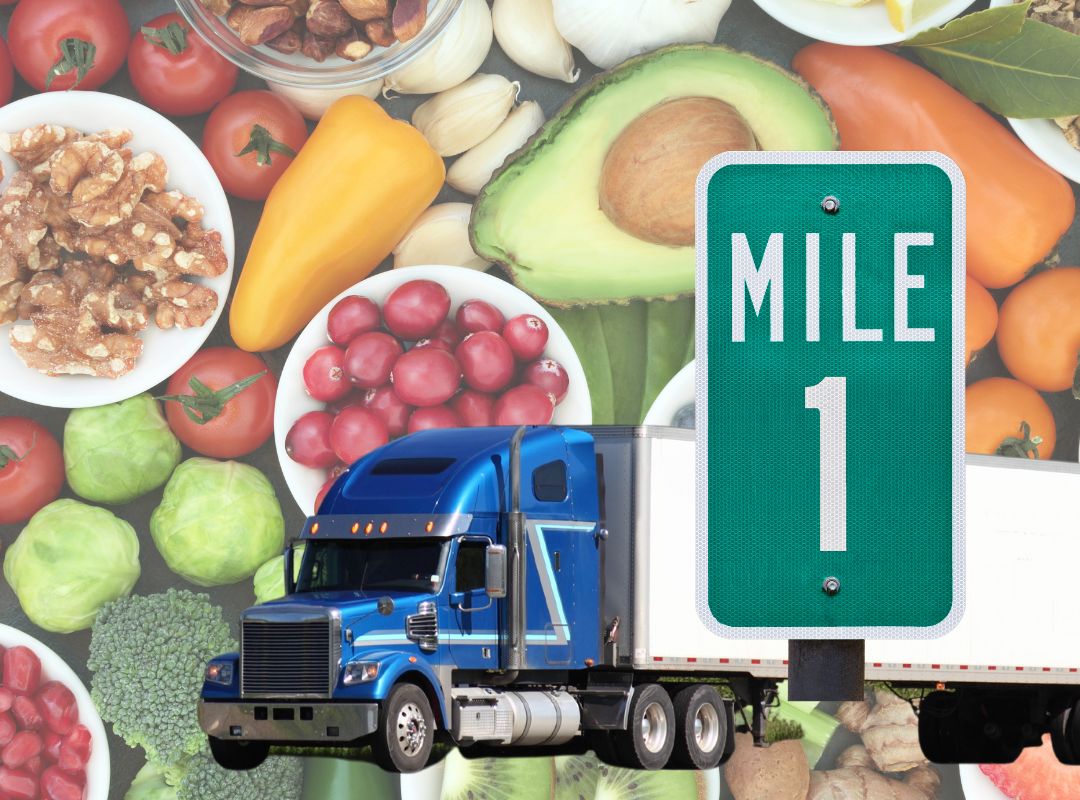
Students calculate the miles common food items travel from the farm to their plates and discuss the environmental, social, and economic pros and cons of eating local vs relying on a global marketplace for our food.

Explore concepts of sustainability by evaluating the water footprint (WF) of food. Students are introduced to irrigation practices throughout the world, consumptive and non-consumptive water use, and investigate the water requirements for various food crops.
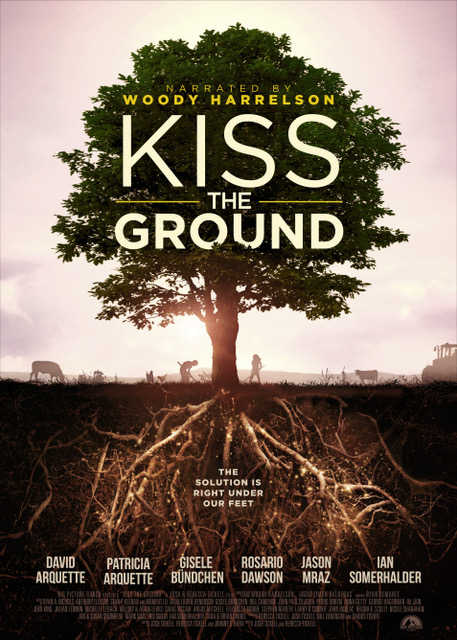
Students will view the 2020 documentary Kiss the Ground to consider the concept of regenerative agriculture as a tool to improve soil health and overall environmental sustainability.

Students explore New World and Old World food origins to discover how the Columbian Exchange altered people’s lives worldwide.
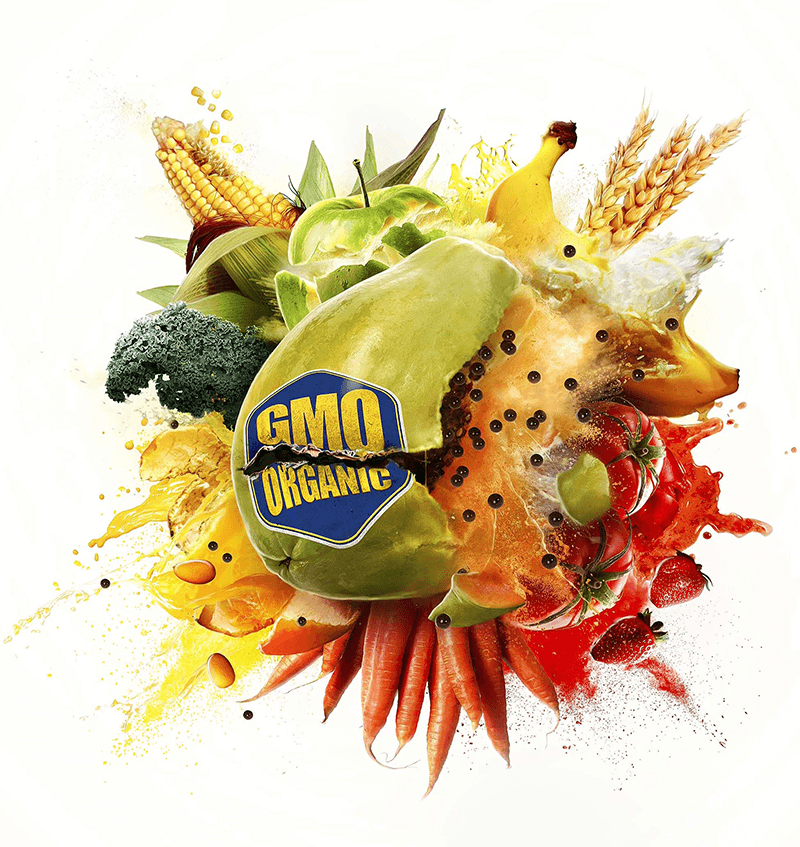
Students will view the 2016 documentary Food Evolution to evaluate the polarized debate surrounding bioengineering (GMOs). In this film director, Scott Hamilton Kennedy travels from Hawaiian papaya groves to Ugandan banana farms, to cornfields in Iowa to document how agricultural technology can be used in such varied crop settings. This lesson covers a socioscientific issue and aims to provide students with tools to evaluate science within the context of social and economic points of view.
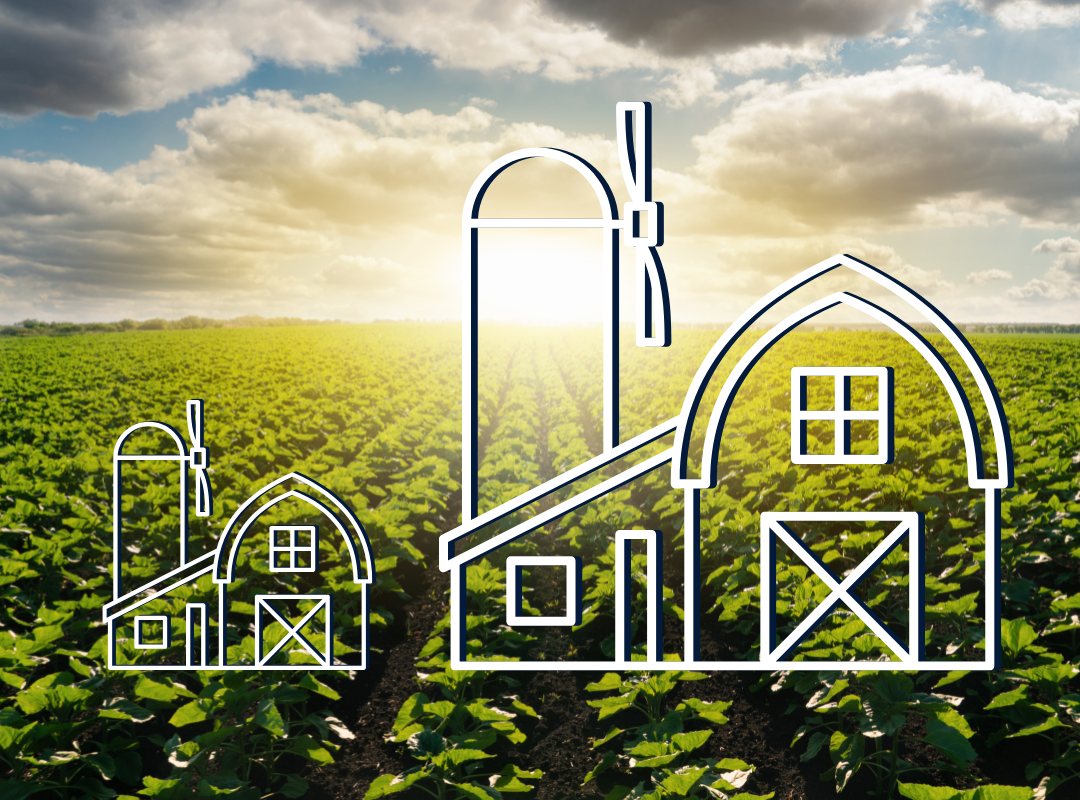
Discover how technological advances and economic forces influence the size of farms in the United States. Evaluate the pros and cons of large-scale agriculture for the production of our food, fuel and fiber and identify the similarities and differences in commercial vs subsistence farming.

Students evaluate the growth of human populations across time, analyze graphic data to make predictions about future population growth, research country statistics to evaluate demographic transition, and participate in a simulation of a village reliant on subsistence farming. Students begin to develop a sense for the Earth's carrying capacity and how humans have impacted it.